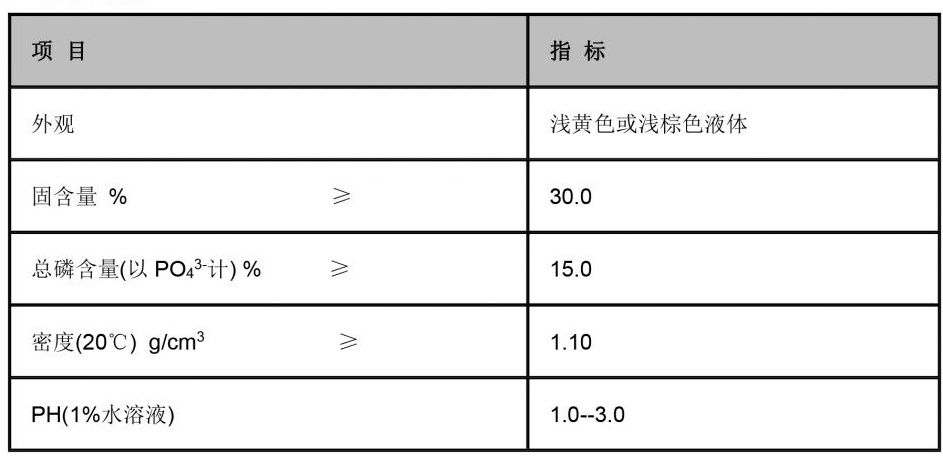A Comprehensive Overview of Various Flocculants Employed in Water Treatment Processes
The Role of Flocculants in Water Treatment
Water treatment is an essential process aimed at improving water quality for various uses, including drinking, industrial applications, and irrigation. One of the critical components in water treatment processes is the use of flocculants. These are chemical agents that promote the clumping together of particles in water, forming larger aggregates known as flocs. The use of flocculants significantly enhances the efficiency of water treatment processes, making them a vital element in maintaining clean and safe water supplies.
The Role of Flocculants in Water Treatment
There are several types of flocculants used in water treatment, which can be broadly categorized into inorganic and organic agents. Inorganic flocculants, such as aluminum sulfate (alum) and ferric chloride, have been widely used for decades due to their effective coagulation and flocculation properties. These agents work by destabilizing the charged particles in the water, allowing them to collide and form flocs. On the other hand, organic flocculants, such as polyacrylamides, offer advantages like lower dosage requirements and enhanced settling rates. The choice of flocculant depends on various factors, including the nature of the water being treated, the specific contaminants present, and regulatory considerations.
flocculants used in water treatment

The effectiveness of flocculants can be influenced by several factors, including water pH, temperature, and the presence of competing ions. Optimizing these conditions is vital to maximize floc formation and removal efficiency. When these parameters are fine-tuned, water treatment facilities can achieve better results, reducing the need for extensive filtration and chemical disinfection processes downstream. This optimization not only improves the quality of treated water but also contributes to cost savings and environmental sustainability.
Despite their benefits, the use of flocculants is not without challenges. Concerns regarding the residual chemicals left in treated water raise questions about potential health impacts. Therefore, rigorous monitoring and adherence to regulatory limits are essential to ensure that flocculant use does not compromise water safety. Furthermore, the environmental impact of flocculants, particularly those that are organic and synthetic in nature, has prompted research into biodegradable and eco-friendly alternatives. Innovations in this field are underway, with researchers exploring natural flocculants derived from plant materials as a promising option that could minimize ecological footprints.
In conclusion, flocculants play a pivotal role in water treatment, helping to remove impurities and enhance water clarity. As water quality becomes increasingly important in the face of population growth and environmental changes, the demand for effective and efficient water treatment solutions will continue to rise. Understanding the mechanisms of flocculants and their application in various water treatment processes is crucial for developing sustainable practices that protect public health and water resources. With ongoing research and advancements, the future of flocculants in water treatment holds the promise of improved performance and environmental stewardship.
-
Pbtc Scale InhibitorPBTC: A Scale Protector for Industrial Water TreatmentNewsAug.05,2025
-
Organic Phosphonate: An Efficient Defender in the Field of Scale InhibitionNewsAug.05,2025
-
Hydrolyzed Polymaleic Anhydride: Green Pioneer in Scale Inhibition FieldNewsAug.05,2025
-
PAPEMP Polyamino Polyether Methylene Phosphonic Acid For SaleNewsAug.05,2025
-
Flocculant Water Treatment: A Pioneer in Purification in the Field of Water TreatmentNewsAug.05,2025
-
Benzyl Isothiazolinone: An Efficient and Broad-Spectrum Antibacterial Protective GuardNewsAug.05,2025





